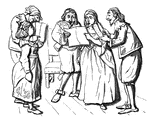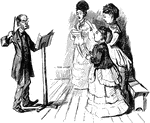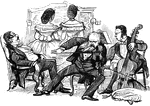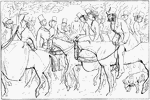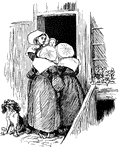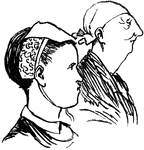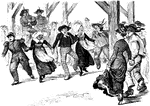
CMS Mission Station, Island of Deshimo, Japan
The Church Mission Society, known as the Church Missionary Society in Australia and New Zealand, is…
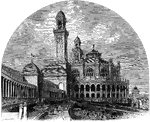
Trocadero Palace (old)
An illustration of the original Trocadero Palace. For the 1878 World's Fair, the Palais du Trocadéro…
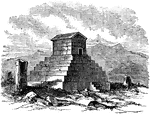
Tomb of Cryus
The Tomb of Cyrus is the burial place of the ancient Cyrus the Great of Persia. Cyrus the Great was…

Parthenon
The Parthenon is a temple of the Greek goddess Athena, built in the 5th century BC on the Athenian Acropolis.…
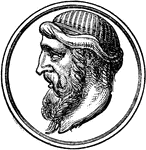
Plato
An illustration of Plato, a Classical Greek philosopher, who, together with his mentor, Socrates, and…
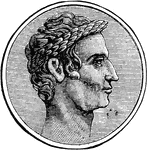
Julius Caesar (profile)
An illustration of Caesar. A politician of the populares tradition, he formed an unofficial triumvirate…
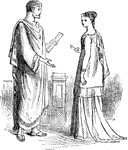
Man and Woman in Roman Clothing
An illustration of a man and woman standing in typical Roman clothing. Clothing in ancient Rome generally…
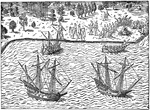
The Huguenots - Landing of John Ribault
In 1562, Ribault was chosen to lead an expedition to the New World to establish a haven for the Huguenots.…
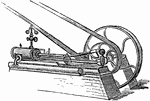
Steam Engine
A steam engine is a heat engine that performs mechanical work using steam as its working fluid. Steam…
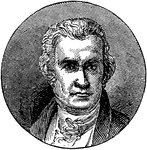
James Watts
James Watt (19 January 1736 – 25 August 1819) was a Scottish inventor and mechanical engineer…

Street Car
An illustration of a horse-drawn street car. The first passenger services in the world were started…
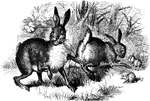
Rabbits
Rabbits are small mammals in the family Leporidae of the order Lagomorpha, found in several parts of…

Valentine's Day
An illustration of women attempting to shoot men with cupids arrow while cupid sits on a branch above.

Valentine's Day
An illustration of women walking away with the man who's heart they captured by hitting them with Cupid's…

Outdoor Gathering
An illustration of a group of men and women gathered around numerous tables outside.

Cotton Centennial
A cotton press yard of the Cotton Centennial in the 1884 World's Fair in New Orleans, Louisiana.

Brooklyn Bridge
The Brooklyn Bridge, the largest suspension bridge in the world at the time of its completion.
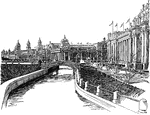
Louisiana Purchase Exposition
"The Louisiana Purchase Exposition, St. Louis, 1904. One of the bridges and lagoons, with the Palace…
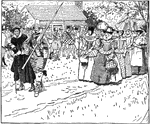
Arrival of the Young Women at Jamestown
In 1621, many "respectable young women for wives of those colonists" traveled to Jamestown.
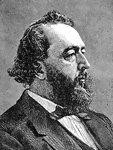
Bayard Taylor
Bayard Taylor (James) (January 11, 1825 – December 19, 1878) was an American poet, literary critic,…
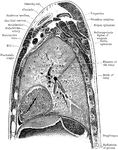
Sagittal Section Through Shoulder and Lung
Sagittal section through left shoulder, lung, and apex of the heart.

Field Mouse
The Meadow Vole (Microtus pennsylvanicus), sometimes called the Field Mouse or Meadow Mouse, is a small…

Deer Mouse
The genus Peromyscus contains species commonly referred to as deer mice. This is a genus of New World…

Woodpecker
The woodpeckers, piculets and wrynecks are a family, Picidae, of near-passerine birds . Members of this…
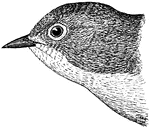
Nashville Warbler
The Nashville Warbler, Vermivora ruficapilla, is a small songbird in the New World warbler family. They…

Tit Bird
The tits, chickadees, and titmice comprise Paridae, a large family of small passerine birds which occur…
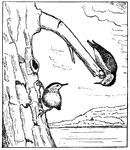
Nuthatches
The nuthatches are a genus, Sitta, of small passerine birds belonging to the family Sittidae. Characterised…

Brown Thrasher
The Brown Thrasher (Toxostoma rufum) is a species of thrasher, part of a family of New World birds (Mimidae)…
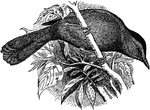
Gray Catbird
The Grey Catbird (Dumetella carolinensis) is a medium-sized northern American perching bird of the mimid…

Ovenbird
The Ovenbird, Seiurus aurocapillus, is a small songbird of the New World warbler family. Ovenbirds are…
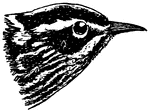
Black and White Warbler
The Black-and-white Warbler, Mniotilta varia, is a small New World warbler. It breeds in northern and…
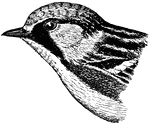
Chestnut-sided Warbler
The Chestnut-sided Warbler, Dendroica pensylvanica, is a New World warbler. They breed in eastern North…

Yellow Warbler
The Yellow Warbler (Dendroica petechia) is a New World warbler. It is the most widespread Dendroica…
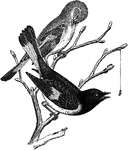
American Redstart
The American Redstart, Setophaga ruticilla, is a New World warbler. They breed in North America, across…
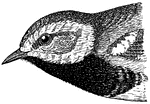
Black-throated Green Warbler
The Black-throated Green Warbler, Dendroica virens, is a small songbird of the New World warbler family.…
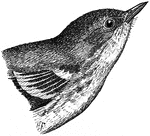
Pine Warbler
The Pine Warbler, Dendroica pinus, is a small songbird of the New World warbler family. These birds…
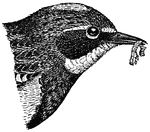
Myrtle Warbler
The Myrtle Warbler, Dendroica coronata coronata, is a small New World warbler. This passerine bird was…
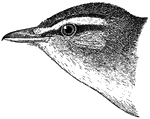
Red-eyed Vireo
The Red-eyed Vireo, Vireo olivaceus, is a small American songbird, 13-14 cm in length. It is somewhat…
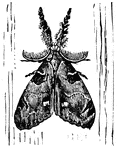
Tussock Moth
Tussock Moths, Lymantriidae or Liparidae, are a family of moths with about 350 known genera and over…
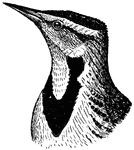
Meadowlark
Meadowlarks are birds belonging to the genus Sturnella in the New World family Icteridae. This genus…
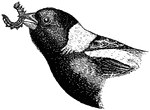
Bobolink (Male)
The Bobolink, Dolichonyx oryzivorus, is a small New World blackbird and the only member of genus Dolichonyx.…

Bobolink (Female)
The Bobolink, Dolichonyx oryzivorus, is a small New World blackbird and the only member of genus Dolichonyx.…
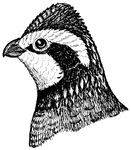
Northern Bobwhite
The Northern Bobwhite, Virginia Quail or (in its home range) Bobwhite Quail (Colinus virginianus) is…

Northern Bobwhite
The Northern Bobwhite, Virginia Quail or (in its home range) Bobwhite Quail (Colinus virginianus) is…
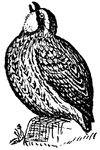
Northern Bobwhite
The Northern Bobwhite, Virginia Quail or (in its home range) Bobwhite Quail (Colinus virginianus) is…

Common Pheasant
The Common Pheasant (Phasianus colchicus), is a bird in the pheasant family (Phasianidae). It is native…
